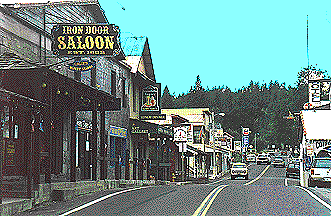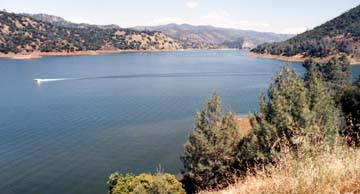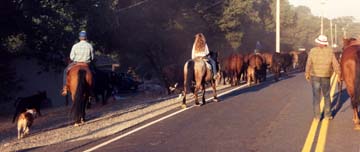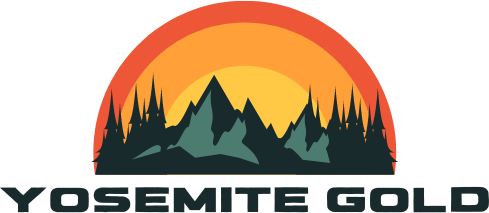GROVELAND

On Highway 120, just 26 miles from the Yosemite Park entrance, the historic community of Groveland is the most convenient gateway to this treasured national landmark for tourists comingfrom the San Francisco Bay area, Sacramento, Stockton or Modesto. Groveland is also home to a great “downtown” with a park, shops, restaurants and the famous/infamous Iron Door Saloon — said to be California’s oldest continuously-operating saloon.
- GroveLand History

Gold brought the initial flood of citizens. Water and Yosemite are responsible for the latest influx. Today, Groveland and nearby communities hold more than 7,000 of Tuolumne County’s 56,000 residents. The community serves as host to tens of thousands of tourists. It’s a natural stopping-off point on Highway 120 to Yosemite and from several other vacation destinations.
Originally, Groveland and nearby Big Oak Flat were both called Savage’s Diggings. James Savage discovered gold there in 1848. Savage’s Diggings became Garrotte in 1850 — named so for the area’s swift and harsh justice. Soon Garrotte was a boom town, but by the 1870s, the easy pickings were gone and Garrotte was transformed from dozens of bars and bordellos to a quiet community catering to cattle ranches and — even back then — a trickle of tourists taking the new Big Oak Flat Road to Yosemite.
By 1875, citizens changed the name of Garrotte to Groveland and, as luck would have it, Groveland soon thereafter experienced a second gold rush with the advent of deep shaft mines and milling operations.

The second gold rush was over by 1914 but, by then, a third rush was about to begin. In 1914, SanFrancisco had received congressional approval to build the Hetch Hetchy Water Project and Groveland was selected to be the construction headquarters. It’s ironic that while the headquarters, it received none of the water.
At the end of World War II, there was yet another boom — but it was short-lived. 22 lumber mills opened. Periodic improvements in the Hetch Hetchy system brought new workers, but the lack of water to Groveland itself meant that every summer, private wells and springs dried up. Lack of water meant that this boom, too, was soon over.

Finally, Groveland citizens united and formed their own water system. That opened the way for developer Boise Cascade, in the mid-60s, to begin development of a brand new resort — Pine Mountain Lake: a planned community with over 4,000 residential lots and its own golf course, country club, airport and stables. By then, the die had been cast. Groveland had now charted a course of steady growth that continues to this day.
While their community is steeped in history, residents are assured its best days are straight ahead, as visitors discover this very special Sierra town that’s also the gateway to Yosemite.
- Accommodations
People ask us about where to stay in this wonderful community so close to Yosemite National Park. May we suggest Yosemite Gold Vacations, Friends of Yosemite Park Lodging, Hotel Charlotte & Sunset Inn Yosemite Guest Cabins.
- Nearby
Groveland is popular because of its history and its proximity to Yosemite. Also nearby (via Highway 132) is the unique Gold Rush town of Coulterville.
